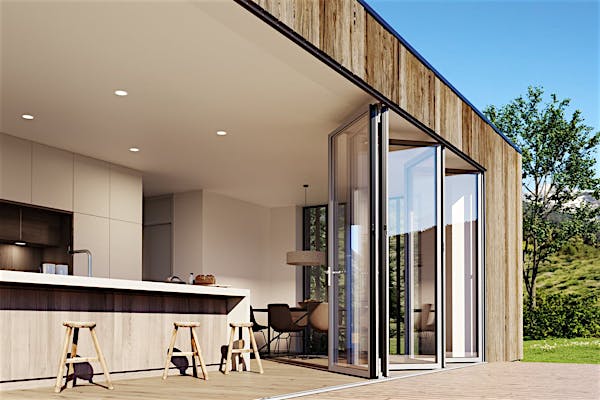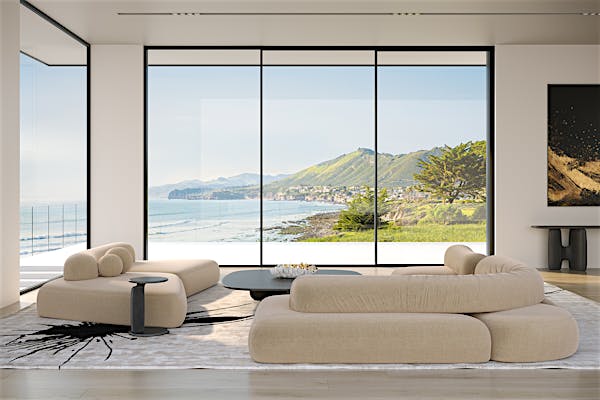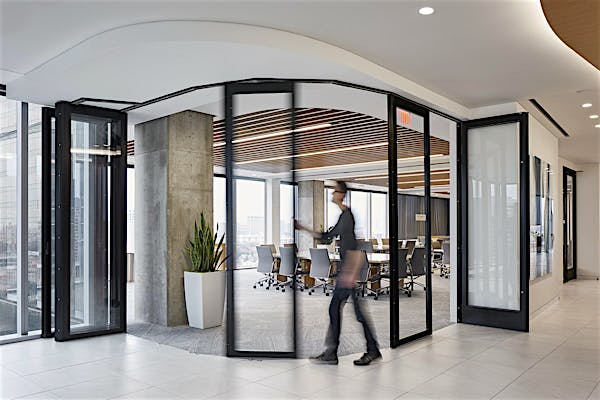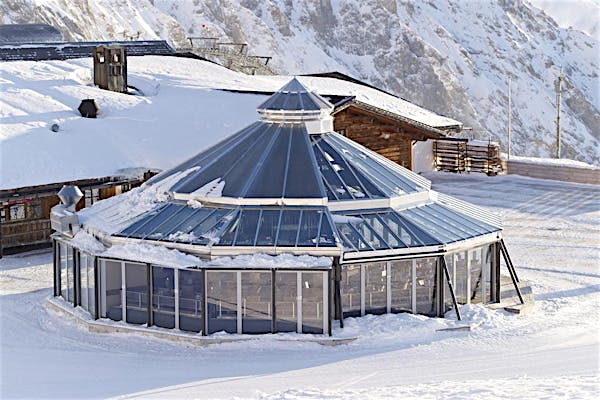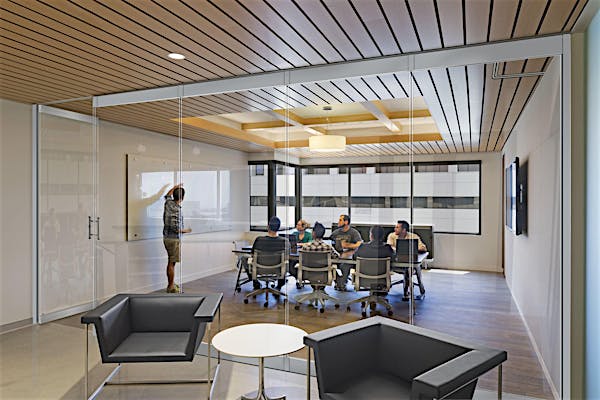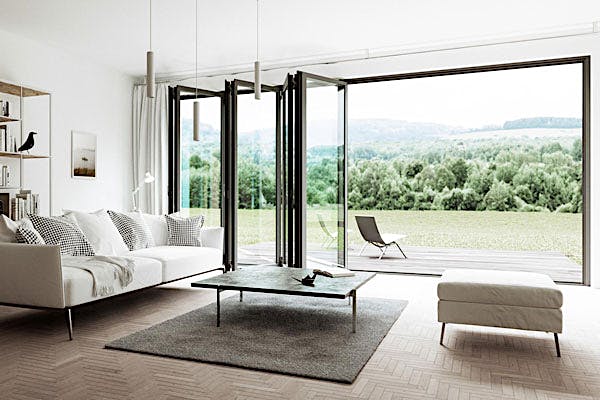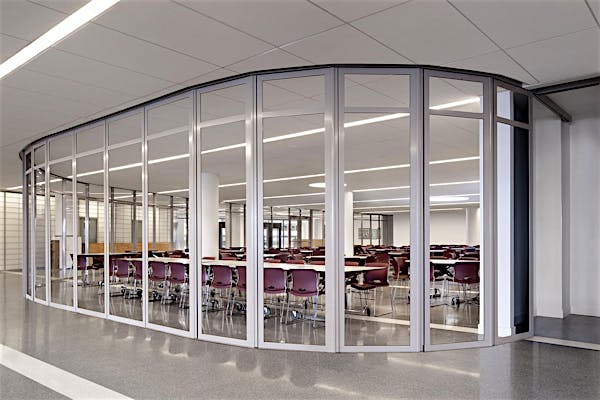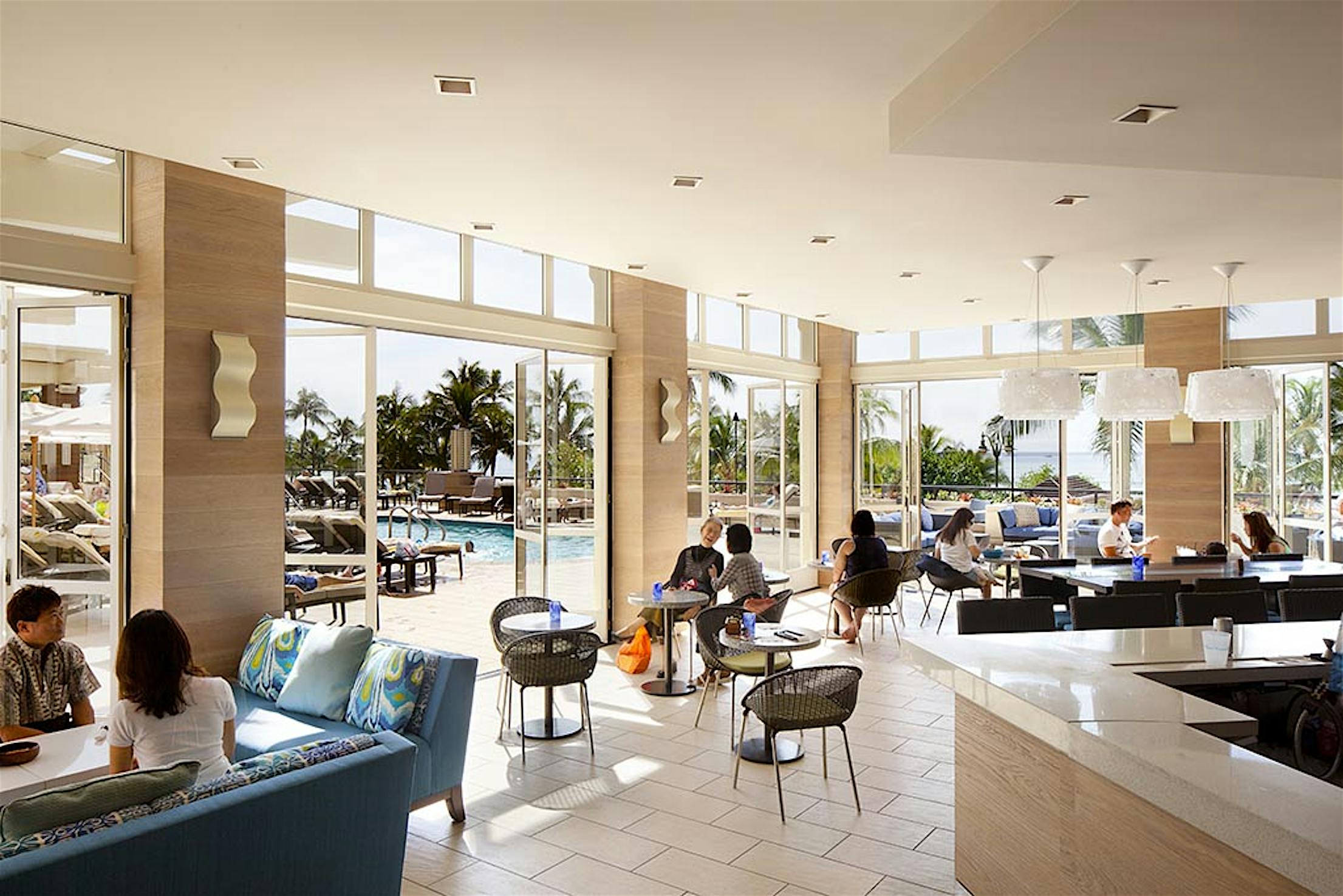
Figure 1: Folding glass walls create a great environment by connecting a food and beverage space with the pool area.
As a trend of more discerning customers has emerged in the hotel industry, interest in hotel food and beverage space (F&B) has declined. However, just as trends are perpetually in flux, interest is a commodity that can be reignited with a little thought and creativity.
With increasing business coming from millennial professionals, it is natural that hotels are facing new challenges in the way they offer food and beverage experiences. Hotels have found that fare considered standard, or cookie cutter by their younger clientele, is likely to be avoided in favor of outside options more representative of the locale.
Thus, the first imperative is to change up the menu. Toss out any of the predictable options and embrace the local flavor. When in doubt, look to what the locals eat; what may seem mundane to the hotelier based on regional ubiquity, is likely to be exactly what out of town guests are looking for.
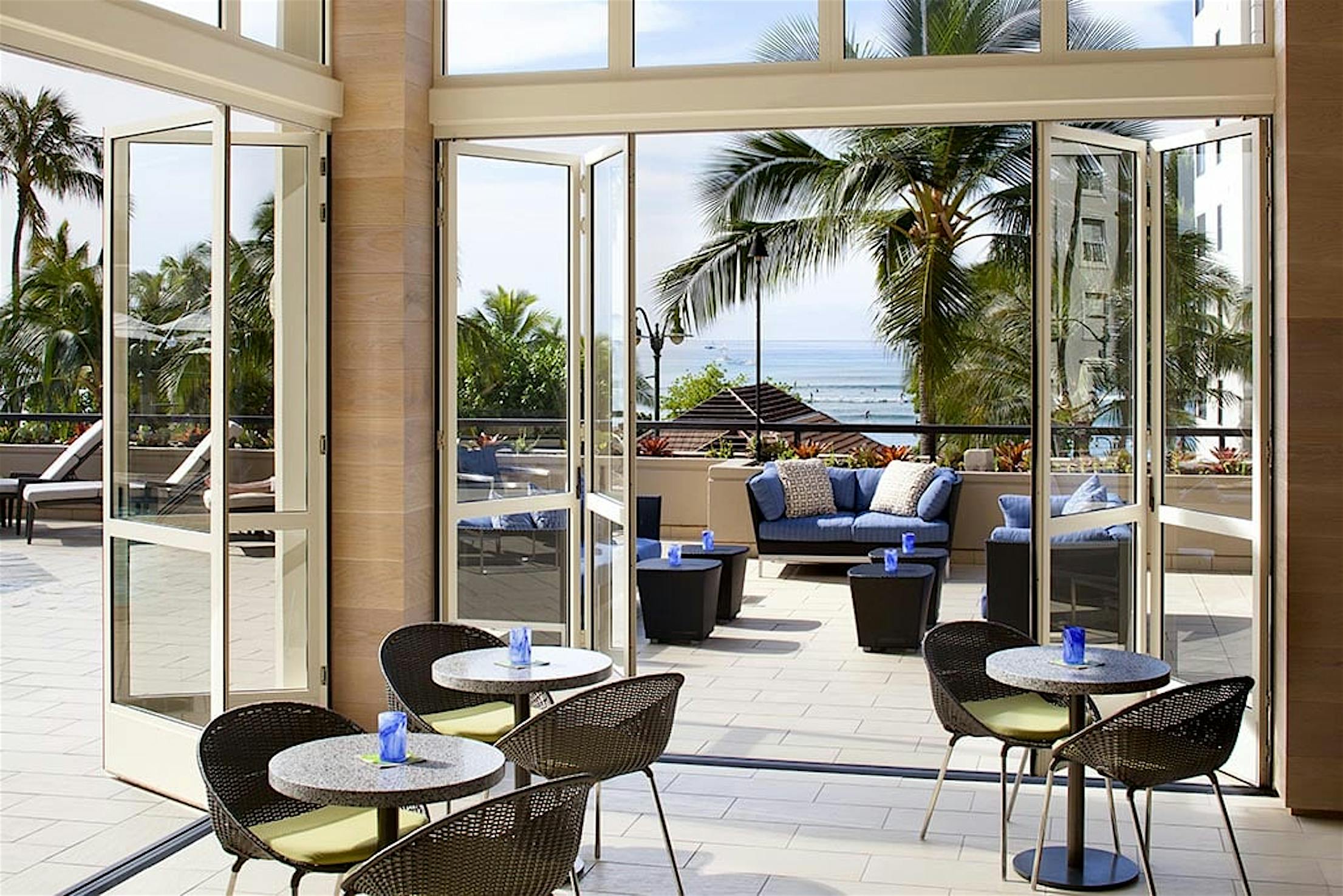
Figure 2: What’s on the menu is critical at the Hyatt Regency in Waikiki – but so is the space’s design.
Design Enhancements to the Food and Beverage Space
With the food in a more desirable state, there are just two keys to maximizing value in hotel food and beverage space, and both relate to design.
Highlighting the two keys to maximizing value in F&B spaces are:
- Ensure that the design of the F&B space is multipurpose
- Ensure that the space is both visible and welcoming; it needs to be a space that naturally draws people in
Fortunately, both of these objectives are ones that a NanaWall system helps with.
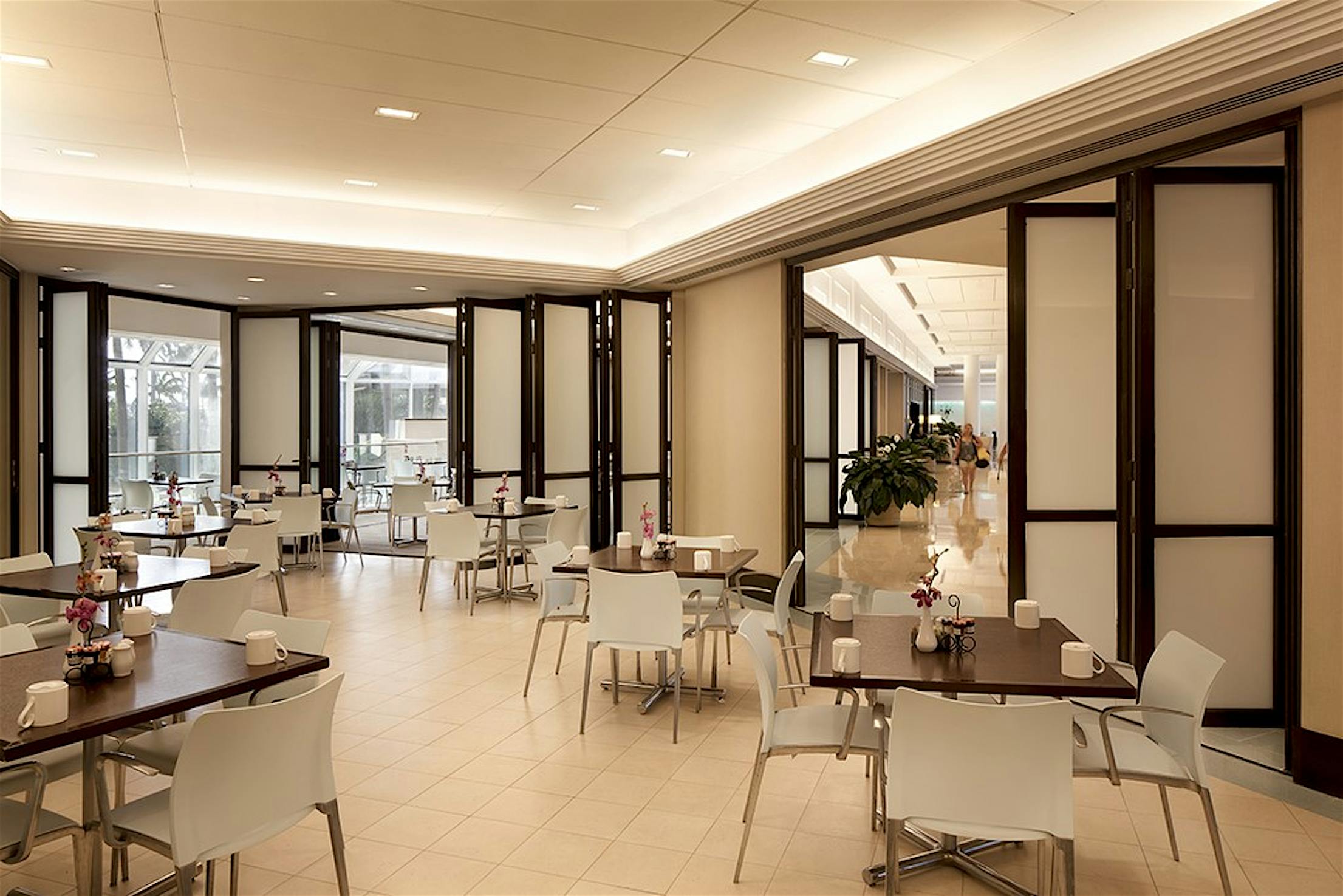
Figure 3: Due to its openness and visibility, a guest walking through the hallway of the Pier 66 Hotel is sure to put this restaurant on their to-do list.
Creating multipurpose, flexible spaces is one of our specialties—opening glass walls are an invaluable tool in this regard. One of the most popular solutions we know of for creating a temporary hotel food and beverage space is to use an opening glass wall to partition off a section of the lobby, behind which can be provided a small assortment of edible items (e.g. coffee and pastries). Once the area is no longer occupied, the opening glass wall can be opened once more, and the previously used Food and Beverage space can seamlessly reintegrate back into the lobby area.

Figure 4: Indoor/Outdoor Bar created by a NanaWall SL73 at Diplomat Hotel (photos: Will Pryce)
Making space open and welcoming can, in some instances, take a fair amount of reimagining and redesigning. A great example of this is how the Diplomat Hotel connects its bar area with the hotel lobby and pool area. When the NanaWall SL73 is open, it attracts guests that are waiting in the lobby area towards the bar. Instead of checking in immediately, a guest becomes acquainted with the allure of the hotel’s bar and pool, and is more likely to return during their stay. Naturally, this creates good business for hotels.
“Taking down the fixed wall that separated the indoors from the outdoors, we put into place an operable NanaWall, which allows the hotel to open the entire wall, creating a flexible indoor/outdoor seating option. The food and beverage menu extends into the space, allowing guests to sip a craft cocktail and enjoy the resort-quality pool,” as stated in Hotel Business.
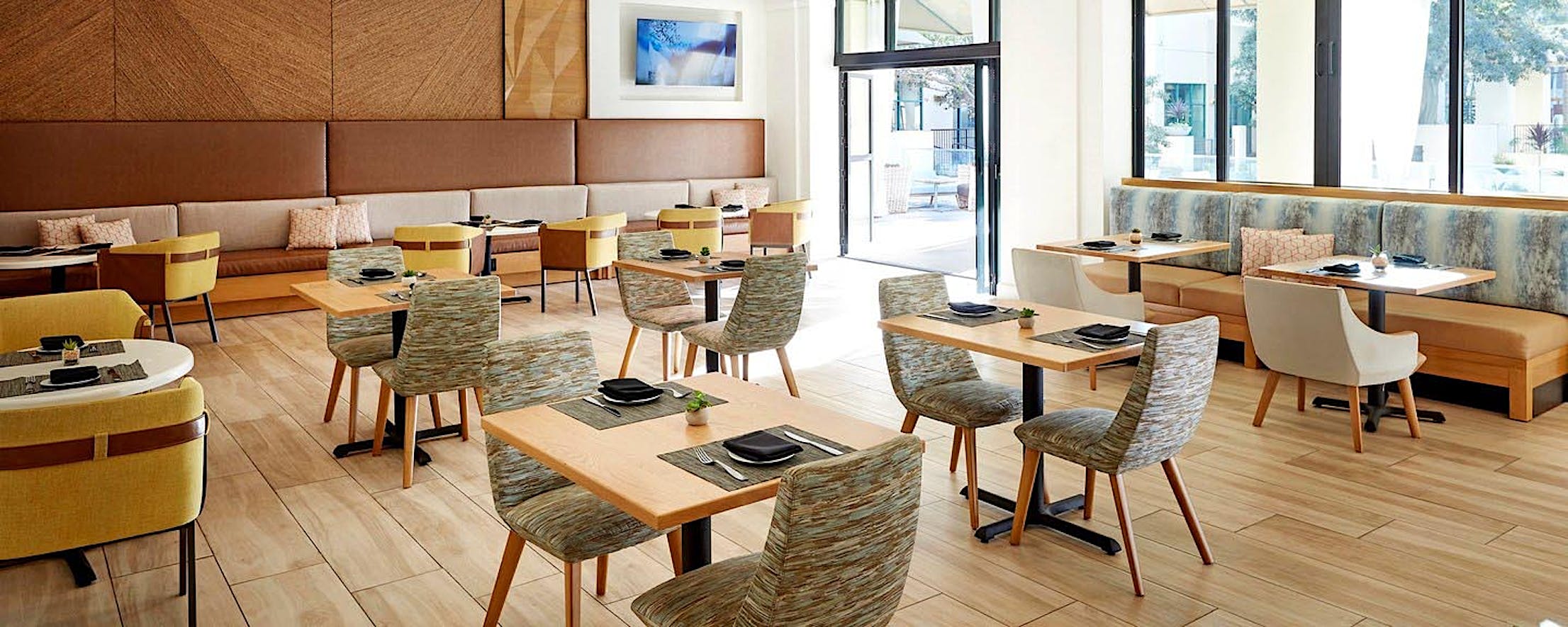
Figure 5: The San Diego Marriott Mission Valley keeps guests engaged in their services by creating a more enjoyable experience. A NanaWall system creates the better experience in their restaurant.
Learn more about NanaWall systems in a commercial realm here.
